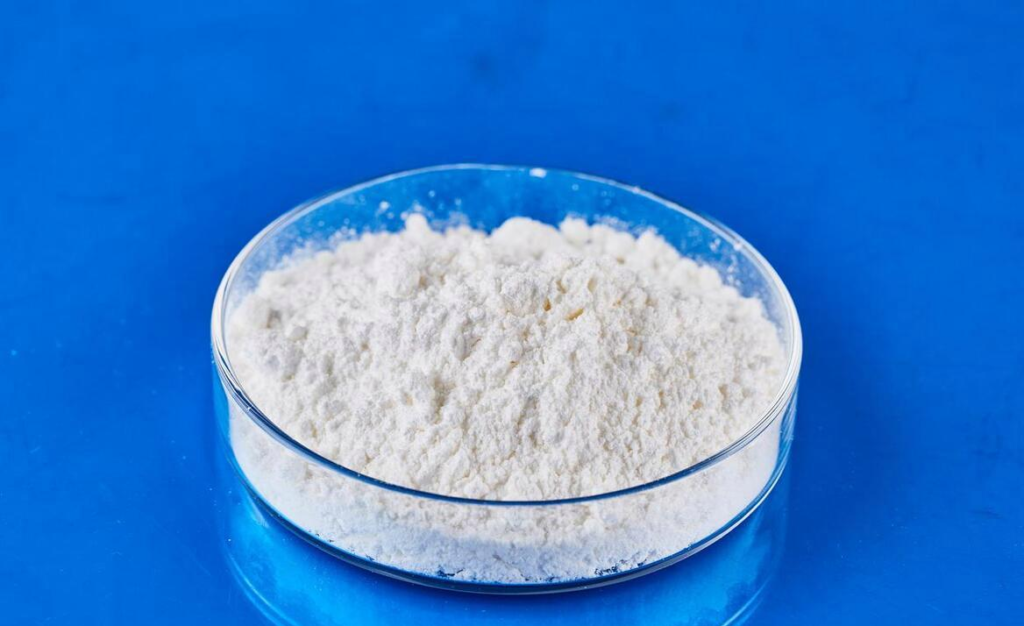Hebei Messi Biology Co., Ltd. stated that hydromagnesite (4MgCO3·Mg(OH)2·4H2O) is a natural carbonate mineral with abundant reserves and low CaO content. It is a high-quality mineral raw material for preparing active magnesium oxide. However, due to the limitations of many factors such as region, transportation, and technology, the mining difficulty of hydromagnesite has increased. So far, there are not many studies on it in China. Therefore, how to develop and utilize hydromagnesite resources to prepare a series of high-quality magnesium compounds is the biggest challenge currently faced. Hebei Messi Biology Co., Ltd. uses hydromagnesite as raw material to explore the activity of magnesium oxide under different calcination conditions.

During the calcination process, hydromagnesite loses crystal water and hydroxyl groups, releases CO2, and generates magnesium oxide powder. Magnesium oxide obtained under different calcination conditions often has different reaction activities, resulting in differences in its hydration ability. The citric acid method and hydration method were used to determine the activity of the calcined products. The results show that the calcination temperature and holding time have a greater influence on the activity of magnesium oxide, followed by the heating rate. Finally, the optimal calcination conditions were determined to be calcination temperature of 600℃, holding time of 0.5h and heating rate of 10℃·min~(-1). The high-activity magnesium oxide calcined under the optimal conditions was used as raw material for hydration kinetics research. The hydration curves of magnesium oxide at 25℃, 45℃ and 65℃ were obtained experimentally, and the obtained hydration rate data were fitted with different kinetic equations.
The calcination of hydromagnesite was analyzed and studied. By setting different calcination parameters (including calcination temperature, holding time and heating rate), the optimal calcination conditions for preparing active magnesium oxide were determined.
The activity of the calcined product was characterized by two activity determination methods, citric acid method and hydration method. The citric acid method is simple and easy to operate, but the disadvantage is that the color judgment of the titration endpoint will cause a relatively large error. The hydration method characterizes the activity of magnesium oxide by comparing the mass change before and after the reaction, and the error is relatively small.
